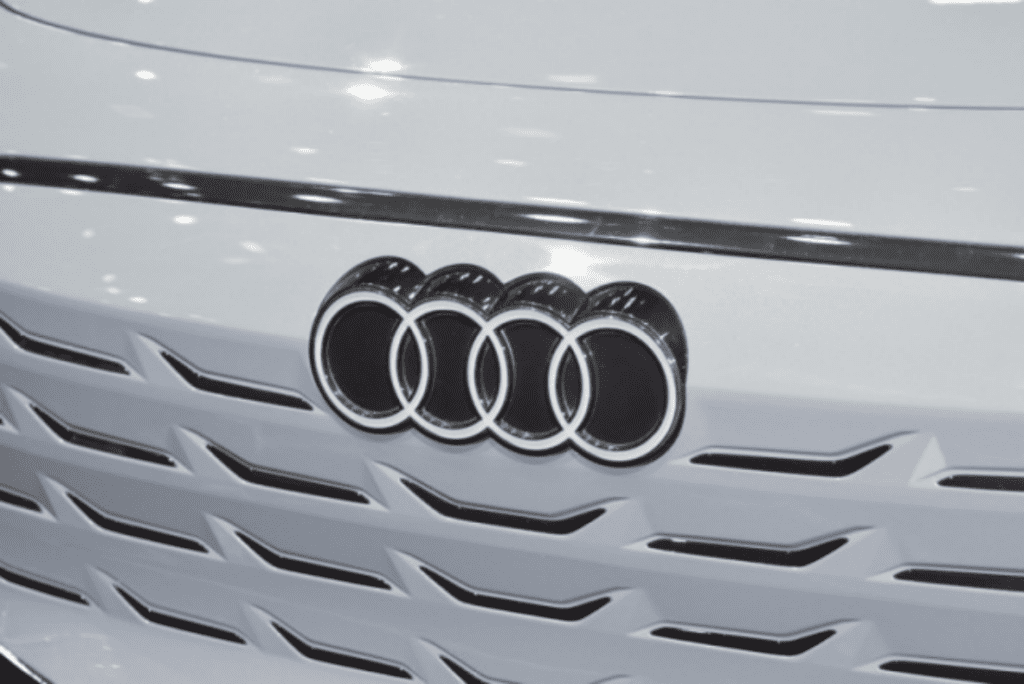We recently acquired Audi’s most recent development strategy from the relevant channels. Audi will move completely to all-electric vehicles starting in 2026 for the global market, and all models with internal combustion engines will cease manufacturing by 2033. Audi is steadily improving the setup for the manufacturing of entirely electric vehicles at its own production facilities under the direction of the worldwide strategy.

By 2033, all of Audi’s own production sites worldwide will be producing electric vehicles. Audi’s Bollinger Hofe plant and two Brussels plants are already producing all-electric vehicles. The Audi Q6e-tron, the world’s first all-electric vehicle, will be manufactured at the Ingolstadt plant beginning this year.
By 2029, all of Audi’s own production sites worldwide will be producing at least one all-electric model. Depending on the local market, Audi will phase out production of internal combustion engine models beginning in 2033.
As capacity needs to be increased, new plants are constructed. Audi is now constructing a new plant in Changchun, China, with the help of its local partner—China First Automobile Works. This will be Audi’s first site in China dedicated solely to the production of all-electric vehicles.
Audi will continue to innovate in improving productivity and optimizing production as a result of the potential presented by the electric transformation. In the future, production networks will be more cost-effective, sustainable, adaptable, and appealing.
Economically, the plant’s annual cost will be cut in half by 2033. Audi has thought about streamlining the procedure and lowering the complexity of production to achieve this goal from the very beginning of vehicle development. Audi will maintain its push towards digital production at the same time. For instance, dge Cloud 4 Production will replace expensive industrial computers and save IT costs in aspects such as software iteration.
Audi will also introduce a new solution to simplify work by increasing production flexibility, modular assembly with no fixed production cycle. This virtual assembly planning saves material resources while also allowing for innovative and flexible cross-regional collaboration.
Audi’s manufacturing processes will also be more adaptable to changes in customer demands or production schedules. The new Audi Q6 e-tron, for example, will be built on the same production line as the Audi A4 and A5 at the Ingolstadt plant. Electric vehicles will gradually replace internal combustion engines on the assembly line.
Audi has established high sustainability standards for itself as it works toward being the 360 factory. The corporation aims to cut by half, compared to 2018, its primary energy consumption, carbon emissions from power plants, carbon dioxide emissions, air pollutants, local water risks, and wastewater and waste emissions. Audi is creating a green value chain with recyclable resources in order to accomplish this goal using its own renewable energy sources and cutting-edge technologies.

